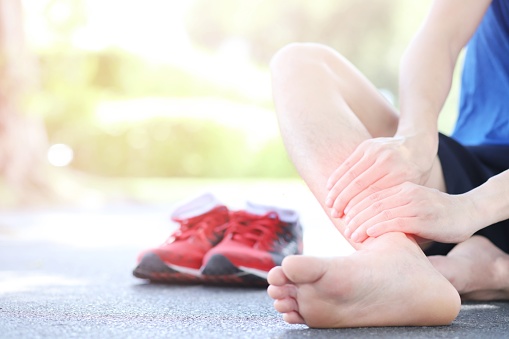
Teeth whitening is one of the most popular cosmetic dental procedures. It can brighten your smile and make you look younger. But how long does teeth whitening last? In this blog post, we will discuss the factors that affect how long teeth whitening lasts, and we will give you some tips on how to extend the life of your teeth whitening treatment.
There are a few factors that can affect how long your teeth whitening lasts.
- The type of whitening treatment you use
- The color of your teeth
- And how well you take care of your teeth after treatment can all influence how long your teeth stay white.
The most common type of teeth whitening is bleaching. Bleaching can generally make your teeth several shades lighter. However, bleaching is not permanent. It will usually last for about six months to a year before you need to touch up your treatment. If you have very dark stains on your teeth, bleaching may not be the best option for you. In this case, we recommend going to dental clinic St Kilda to know about other options such as bonding or veneers.
The color of your teeth can also affect how long your teeth whitening lasts. If you have yellow or stained teeth, you may not see as much of a difference after treatment. However, if you have very white teeth to begin with, you can expect your results to last longer.
How well you take care of your teeth after treatment is also important. It is important to avoid foods and drinks that can stain your teeth, such as coffee and red wine. You should also brush and floss regularly to remove any build-up of plaque or tartar that could dull your smile.
Additionally, if you want to extend the life of your teeth whitening treatment, we recommend avoiding foods and drinks that can stain your teeth and brushing and flossing regularly.
If you follow these tips, you can help extend the life of your teeth whitening treatment and keep your smile looking its best.
Teeth Whitening St Kilda can help to brighten your smile. However, it is important to consult with your dentist before undergoing any whitening treatment. Your dentist can assess your teeth and determine if you are a good candidate for whitening. They can also offer guidance on the best way to achieve the desired results. In addition, your dentist can provide you with information about the potential risks and side effects of teeth whitening. By taking the time to consult with your dentist, you can ensure that you get the best possible results from your whitening treatment.



